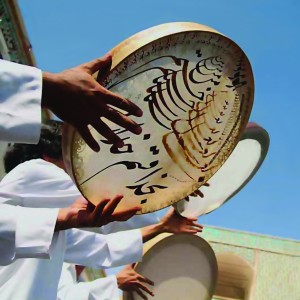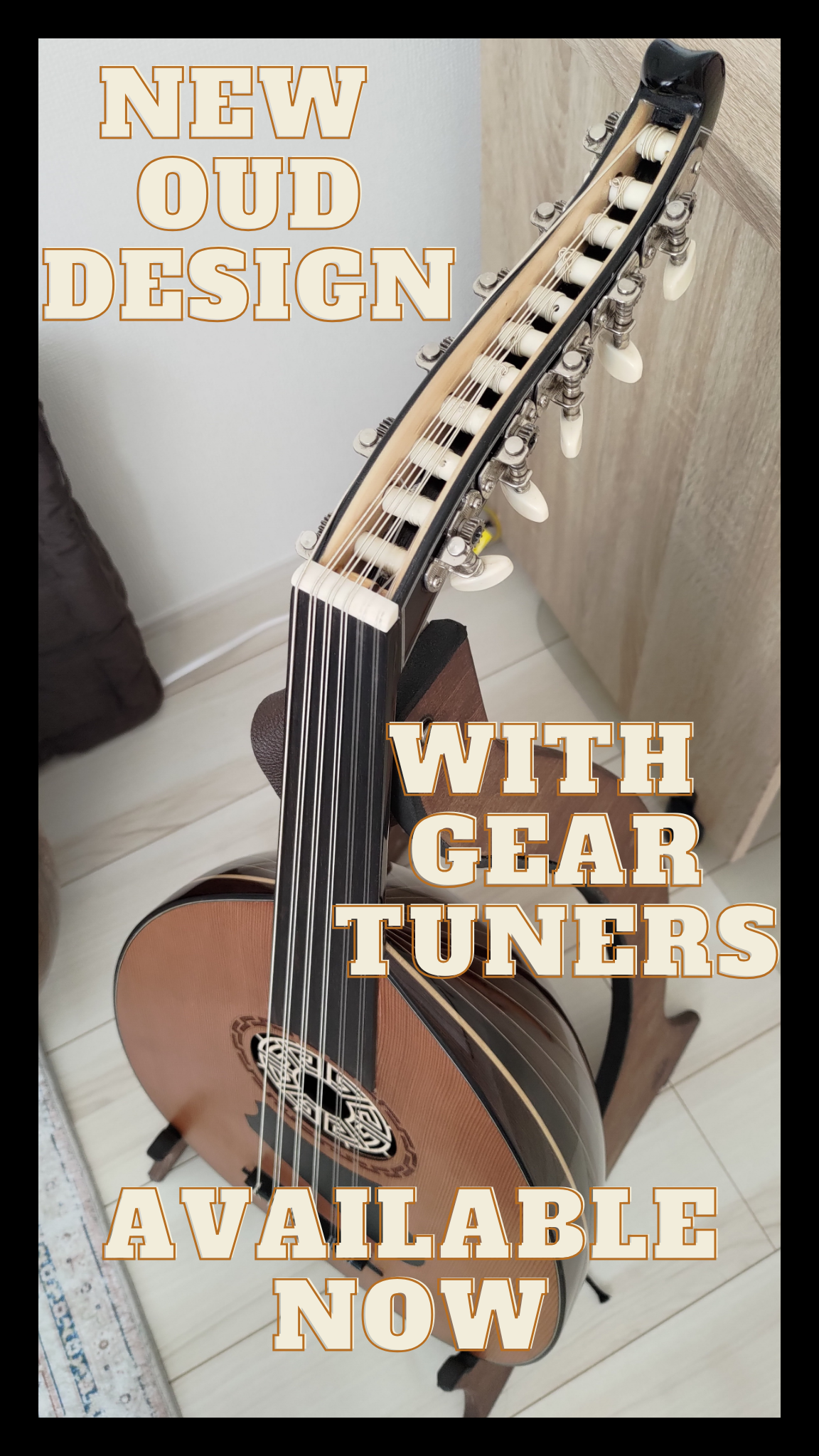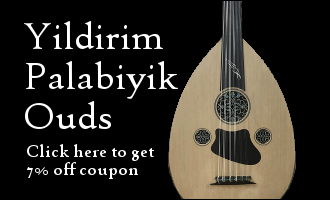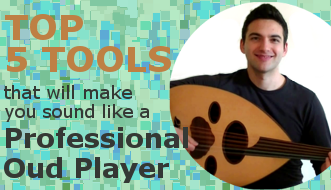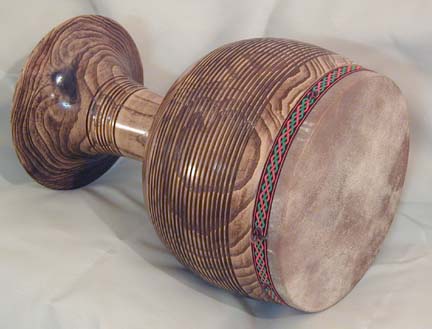 Traditional Persian Rhythms
Traditional Persian Rhythms
Traditional Persian rhythms are not particularly profuse as one might expect. If you compare the number of common rhythms we have in Persian music to the Arabic ones described on maqamworld you will see that there are not so many traditional Persian rhythms. The rhythms that are discussed here are not comprehensive, but they are a purview of the rhythms you will hear in Persian music today in the modern period. As for historical rhythms, it is likely that there were very different ones or many more. In theory, you can take any rhythm and make it Persian. Many modern instrumentalists do this.
A friend of mine was in a session with an Arab Oud player many years ago when I was only a boy, and he related to me that the Oud player said, “Persians are the kings of 6”. The Oud player was referring to the rhythm 6/8. Many of our instrumental pieces and dances are in 6/8.
In fact, we have 3 or 4 different rhythms in 6:
Everything in 6
Pishdaramad (Prelude 6/4)
This is a very slow 6 rhythm.
It can be divided into 6 or 3 in fact. One can count it anyway they really want.
Reng 6/8
This is the most well known rhythm in Persian music. It is our dance rhythm.
It is also characterized by a swing. We may write this rhythm as 6/8 in western notation, but it can also be divided by 3. 3/4 is mathematically equivalent to 6/8. So in fact, it is the same rhythm. We also use 3/4 but will be only notated one way as 6 beats of 8 quarter notes. The emphasis will be different, but the notation will usually be 6/8.
In other musical patterns we have 3+3:
2+2+2 or 3/4
The other most famous 6 rhythm is our fast 6, usually notated as 6/16, as in 6 beats of 16th notes. This is a rhythm much faster than our dance rhythm called “reng”. The word for this in Farsi is “Chaharmezrab”, meaning, “four strokes” or “four beats”. I think this comes from the melodic phraseology used in composing “Chaharmezrab”. If you listen to a traditional Chaharmezrab and try to divide the phrases, you can see they are usually lumped by phrases of four measures and eight measures.
In this video, you can hear a 6/8 rhythm that can be counted in 3/4 as well at 06:53.
At 08:10, a rhythm and tempo change occurs and this is when the Chaharmezrab begins and if you count 1, 2, 3, 4 on the beat you can see that the phrases are lumped like this: 3+3+3+3. This would be notated as two measures of 6/16.
The other rhythm is 12/16.Which is technically not a 6 rhythm, but it is by my definition, a Chaharmezrab. 12/16 is divided up like so:
2+2+2+3+3
12/16 is mathematically equivalent to 3/4 as well, and 3/4 is equivalent to 6/8. It is all in how you subdivide the beats. In 12/16 we divide by 2+2+2+3+3 and this sets the groove.
Zarbi
The term Zarbi might be given to any number of even numbered rhythms like 2/4, and 4/4.
Pishdaramad 4/4 2/4
The pishdaramad is an prelude instrumental piece that sets the tone and introduces the dastgah or maqam that is being played. It is comes before the daramad, “opening”. “Pish” is the suffix “pre”, and “daramad” means, “opening”.
The pishdaramad you hear from Mohammad Reza Lotfi is a good example of Persian rhythm in action. It is characterized by what we call, “lange”, or limping. It is the swing and lengthening of beats according to one’s feeling when playing and improvising on the spot. An all around good album to get acquainted with is Mohammad Reza Lotfi and Mohammad Reza Shajarian’s concert recording called, “The Abu-Atta Concert”. This album really shows the “lange”, the limping rhythms. It is not about keeping strict time. It is about feeling the music. In fact, the whole album was improvised.
Percussionists also have to learn how to keep excellent time and also how to follow the music and anticipate the limp, the rhythm changes, and the tempo changes. To hear excellent improvisations in action you should listen to any of Hossein Alizadeh and Madjid Khalaj’s concert recordings which are available on iTunes.
Zarbi 2/4
Our most common 2/4 rhythms are the same as Ayyub, Malfuf, and Wahda Mukallafa as described on maqamworld. These may have their own names in Farsi, but unfortunately, I don’t know them. Usually, these rhythms are collectively referred to as “doh-zarbi”, “two-beat”.
Odd Rhythms
Modern Persian music also makes use of a few odd rhythms. These go along very well with Persian poetry.
5/8 or 5/4
Our 5 rhythms can be divided up either 2+3 or 3+2. Tunes in 5 are usually medium tempo.
7/8
Our 7 rhythms can be divided up either 3+2+2 or 2+2+3
10/8
We also use a rhythm that is exactly like Jurjina in the Arabic tradition. 10 beats are subdivided 3+2+2+3.
Kurdish Rhythms
There are some less well known rhythms in Kurdish music that are all specific names. They use a lot of moving 6/8 rhythms and very fast 2/4 rhythms which alternate between Malfuf and Wahda Mukallafa. Do yourself a favour and download some albums from the Kamkar ensemble, they are the quintessential Kurdish musical family/ensemble from Kurdish Iran. You won’t regret it.
Persian Rhythms for Music Appreciation
A lot of the well-known recorded concerts available for download are mostly improvised. The key thing to gather from this article is that in improvised performances there is a lot of rhythm and tempo changes in the music. Rhythm is at times very strict and at times very free. It is dynamic. Another good album to listen to is Hossein Alizadeh’s “Torkaman”. This is the epitome of free improvisation in Persian music. You will find much of the solo work done in this fashion. Another good album especially for Oud lovers is Hossein Behroozinia’s “From Stone to Diamond”. I know for a fact this album was improvised in one take in the studio.
Photo Credit:
Tombak:
http://www.bravomaestro.com/module-mCatalog-view_product-id_product-5852.phtml
Daf:

